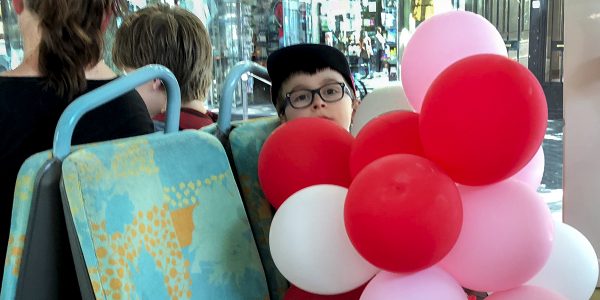As We Saw It is a series of work-in-progress short documentaries centered around the question “what makes cities great?” While not pretending to provide scholarly answers to such a complex subject, we tried to document things relevant to it that caught our attention.
As We Saw It – Part 1-A: Parisians Paris from Rick Meghiddo on Vimeo.
Our journey covered Paris, Berlin and Rome. Each of these cities was observed from a different perspective. In Paris, living in a friend’s apartment, we tried to become “local residents” for two weeks. Helped by the guidance of our old Parisian friends, Bernard, and Catherine, we experienced some places rarely visited by out-of-towners.
We had not been in Berlin since before its unification. “Reading the city” was a difficult objective to achieve in brief time. We also tried to live like residents by sharing an Airbnb apartment in former East Berlin together with Bernard and Catherine. With some insights from our Berliner friend, sculptor Franka Hörnschemeyer, we managed to get a sense of the city’s urbanity and art world, and also documented some great architecture and museums.
In Rome, we were staying at a small hotel near the Pantheon. We felt “natural” in the city of former seven-formative-years’ residence. We knew well the territory. Acquainted with most of its main monuments and museums, our journey focused on daily life in its great urban spaces. We revisited Zaha Hadid’s MAXXI Museum, where exhibitions on Bruno Zevi and Tel Aviv Bauhaus architecture were held.

Part 1 – Parisians Paris
Cities’ streets, public spaces, and buildings are the physical expression of its residents’ values: their believe-systems, their lifestyle, their trades, the way they utilize technology, and their self-expression through arts and architecture.
We were guests in an apartment located in the 7th arrondissement, on the Rive Gauche. The Faubourg Saint-Germain neighborhood offered a good mix of the city’s grandest sites combined with a village-like atmosphere. In the past the building we lived in had been the residence of Andre Malraux while he wrote “The Human Condition,” and of Couve de Murville during most of his life.
One of the many attractions we had at a walking distance was the Raspail street market. Twice-weekly a traditional market, on Sundays, it transforms into an organic market with fifty or so stalls certified for the quality of their products. Another exciting market to visit in the 5th arrondissement was the one on Rue Mouffetard, which is a market street rather than a street market.
One of the places we discovered was the Canal Saint-Martin and its double lock near the Place de Stalingrad. It is one of the places that attract Parisians to relax. All along the canal, during the last Sunday of June, 180 choral groups of 5,000 voices sing on twenty locations, 2:00 to 8:00 pm.
On June 21, the beginning of summer, Paris celebrates Music Day. There are free concerts all over Paris, bands playing at every corner and Parisians celebrating all day and all night in public places, bars, and nightclubs.
For lovers of dancing salsa, tango, foxtrot or rock ‘n roll, there is nothing like the free dancing places along the Seine.
Quality of life in a city is not made only by its sources of entertainment accessible to all, but it is an important layer that contributes to making a city great.















